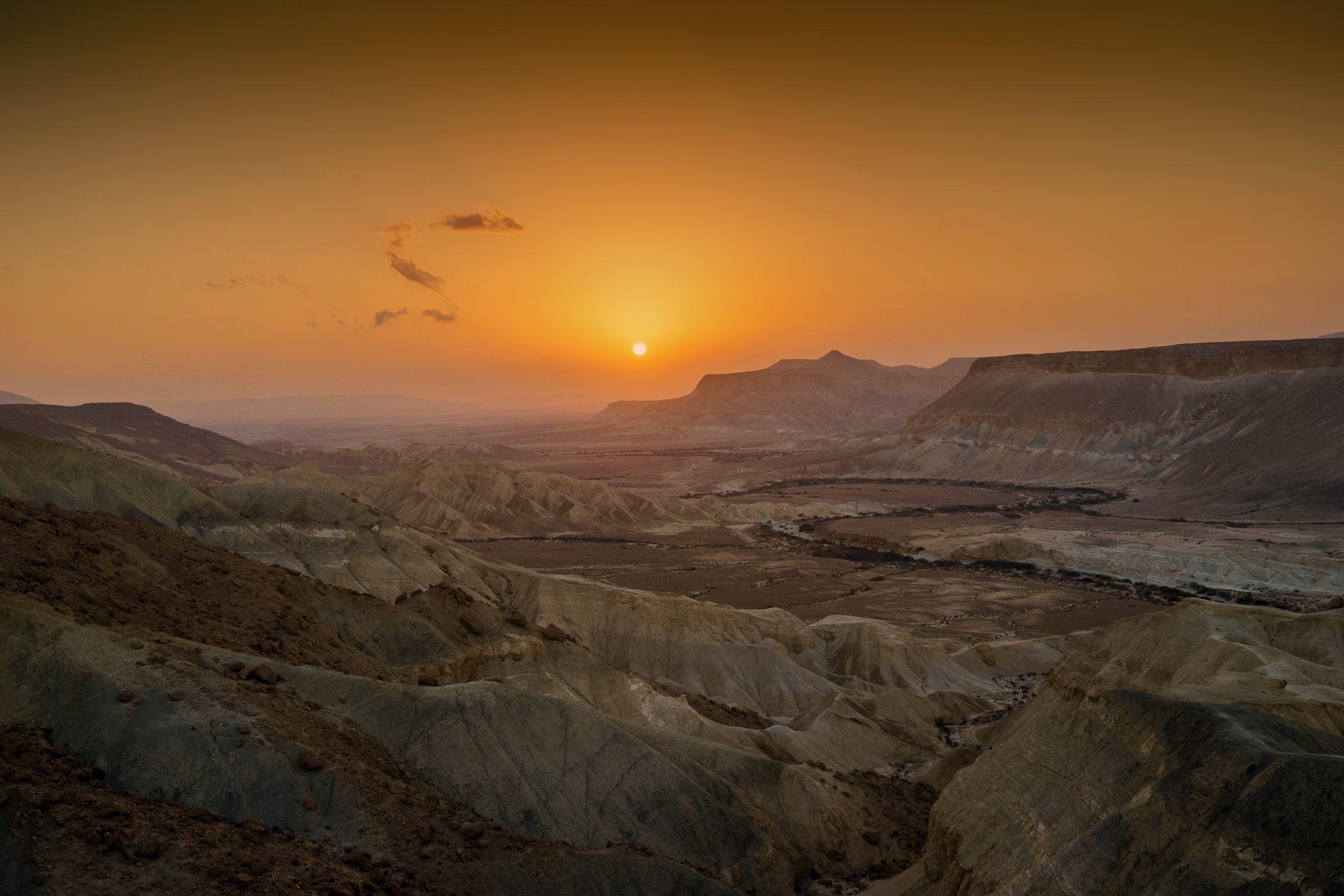The Negev Desert comprises 60% of Israel and contains an impressive variety of dunes, red mountains, cliffs, craters, seas, and of course – local communities. Learn about Bedouin Tourism in Israel’s Negev Desert and social tourism.
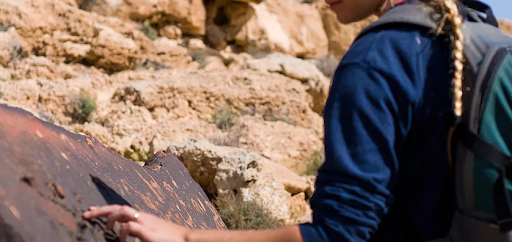
Tourism has a huge potential to positively impact communities, especially when it is conducted sustainably. In this blog post, we highlight “Community Trails” and Bedouin tourism in the Negev Desert, Israel. We interviewed Raz Arbel, a social tourism specialist, so get ready to be inspired!
Exposure to different social tourism projects can bring different perspectives to the table and help people think of ways to go about their own. Yet, universal “best practices” are rare, as every project should be adapted to the local context, and relate to the culture, needs, and resources the community possesses. In order to utilize tourism for sustainable development, cultural sensitivity, in-depth research, and immersion in the local environment are crucial.
The Bedouins are a semi-nomadic indigenous people, some of which still preserve their traditional lifestyle. The Negev is home to approximately 200,000 Bedouins, and in the past few years following Raz’s initiative, many have turned to tourism as a source of income.
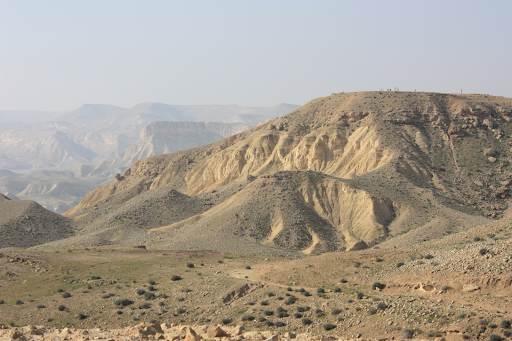
Raz Arbel has been an Israeli tourism professional for the last 30 years. He managed the Sde Boker Field School as well as the tourism department of Ramat HaNegev regional council. In recent years he is self-employed, leading various social tourism projects. In 2016, he partnered with Shay Yagel to create the “Community Trails” initiative, a network of marked multi-day hiking trails in Israel that aim to benefit local economies. Eventually, the project expanded to a wider product, with Bedouin hospitality at its core.
What makes Bedouin Tourism in Israel and community trails a social tourism project?
Social tourism means that you enable local communities to earn a living from where they live, without forcing them to change their lifestyles. In the case of the Bedouins, for example, it means you don’t build special tents, but utilize the existing ones. If there’s a woman who bakes, she would bring bread for dinner. If someone makes carpets, you buy carpets from him to decorate the tent or sell to the visitors.
What makes the community trails a successful desert product?
The desert product is an intimidating product. If you tell someone who has no prior experience of deserts, let’s hike in the desert, it would scare him. Here, through Community Trails, we facilitate movement within the desert in a safe way. There’s a path, it’s clearly marked, and you know you’ll reach a place to sleep with food at the end of the day. The Negev Highland Trail, for instance, spans from Merhav Am to Mitzpe Ramon and offers a beautiful desert landscape with archeological sites, natural water sources, and even wall paintings.
When I guide tourists in the desert (on other occasions) I try to pass my self-confidence and certainty onto them. The Bedouin does it naturally. He sits on the ground, drinks tea from the fire, and walks barefoot at times. That magically changes your perception of the desert, and when a person gains this confidence he’s less intimidated and more open to experience the desert fully.
This issue is also the reason why the Israeli desert product that we helped develop is called the “friendly desert”.
So how did you get involved with the Bedouins?
In some parts of the Negev Highland Trail, Bedouin villages are the only communities around. When we traveled to the Bedouin villages to check if we could involve them in this development, we discovered that most have no experience in commercial hospitality. This was very surprising to us, given that hospitality is integral to Bedouin culture. The thing is that they don’t know the needs of a western tourist when they come to their tent.
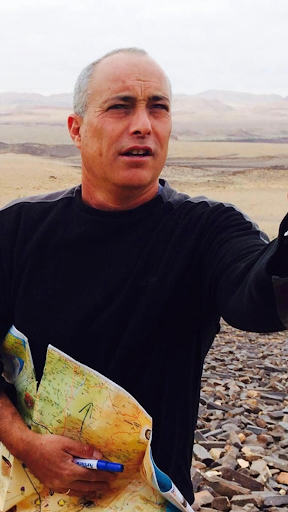
Can you give an example of this unfamiliarity?
Sure, typically when you sit around the fire with your host, the conversation stays around welcoming formalities. It is not part of Bedouin customs to talk about anything relating to your life, political views, diseases, whatever – as to not accidentally offend your guests or put them in an uncomfortable situation. It’s part of the Bedouin culture. The western tourist, on the other hand, often wants to hear about their host’s life. So our main efforts became creating a process that teaches the Bedouins how to host accordingly.
What was the training like?
Our first group was made of 16 men from the Arika Village (Wadi Arika). For 3 months, we taught them what tourism entails, what needs to be prepared in the tent so visitors feel comfortable, and how to tell a story about the tent, the camel, or the Bedouin lifestyle as a whole. We followed this up with individual mentoring that focused on additional services each host could offer his guests.
In total, we trained 12 groups of men and 12 groups of women all across the Bedouin community. We started with the community trails project, but once the Bedouins started hosting, they opened it to anyone interested. Suddenly, jeep tours started bringing in tourists, as well as other tourism operators, and the product became much wider in scope than what we had originally expected. Through that, more local products developed like shepherding, various workshops, and more.
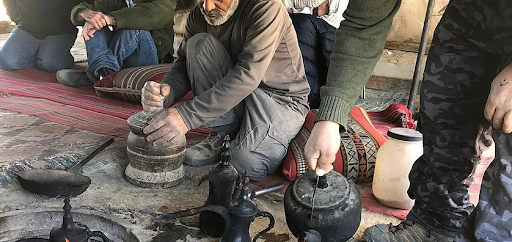
Can you share some major challenges you faced in the development of this project and how you responded to them?
One of the biggest problems is with availability, where most of the time, Bedouins don’t answer numbers they don’t know. To solve this challenge, we initially gave out our phone numbers to the public. This way, we were the mediators that would facilitate communication between interested tourists and the reservation hosts.
Now, a Mitzpe Ramon based NGO called Keshet is building a website that will facilitate the reservation process for the Bedouins and provide phone availability. They’ll do this by making agreements with each individual Bedouin.
Another challenge was that many of the villages were unrecognized by the state. As a consequence, something as simple as building a proper western toilet was seen as a violation, and thus they were destroyed. After a lot of time and effort, we reached an agreement about the enforcement mechanisms settled upon the rule that the toilets would be of temporary construction and destroyed only if the whole village would be evacuated.
Because of our work, the project eventually got planning approval, which was a significant achievement. This meant the villages received a permanent status as traditional localities.
What impact does social tourism have on the Bedouin people?
Firstly, it is economical for them. The Bedouin people can stay at home and earn money from it. Secondly, it fosters local pride. Third, it promotes cleanliness. Locals care more about what their environment looks like. Additionally, it bridges and connects communities, especially Jews and Bedouins, but also tourists from overseas and Bedouins. Lastly, it causes parents to encourage their kids to learn English so they can communicate with tourists.
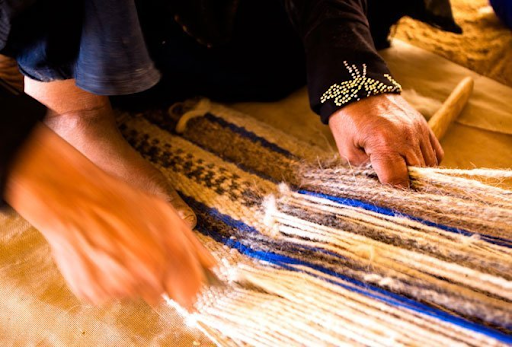
So what you’re saying is that the project had not only a positive economic impact on the Bedouins, but also on the cultural level?
Yes, it caused them to return to their traditions, and in some cases even relearn them. At a certain stage, we wanted to involve women in the tourism industry, but because most of them don’t speak good English or Hebrew, they couldn’t host directly or share stories. So instead, we focused on traditional crafts like embroidery and weaving, making goat cheese, or traditional breads. Some of the younger girls had no idea how to do it, so we taught them, and it became an integral part of the hosting experience. As a result, the man was proud that his wife brought the traditional food or a hand-crafted dress she made. This involvement shows the many benefits of bedouin tourism in Israel.
So, eventually it creates pride in their tradition?
Absolutely! The most important thing that happens in authentic or social tourism is the development of local pride. I saw it in more places, not only among the Bedouins.
That’s why I believe social tourism is one of the most interesting and important tourism products that will develop all across Israel in the next few years.
Thank you!
The project’s new website (for Bedouin tourism products) will be launched at the beginning of 2022, so be sure to check it out for an authentic desert experience in Israel!
To sum up, social tourism can be greatly impactful, though challenging at times. Working alongside the community, understanding the local culture, as well as the tourists’ experiences, are key factors in the development of a successful and sustainable product. This case study of bedouin tourism in Israel is a perfect example!
At Solimar, we specialize in supporting and managing tourism for social development. Solimar’s project in Armenia, for instance, helped develop the cultural tourism industry primarily through community-based sustainable tourism. Have a look at more of our projects here.
